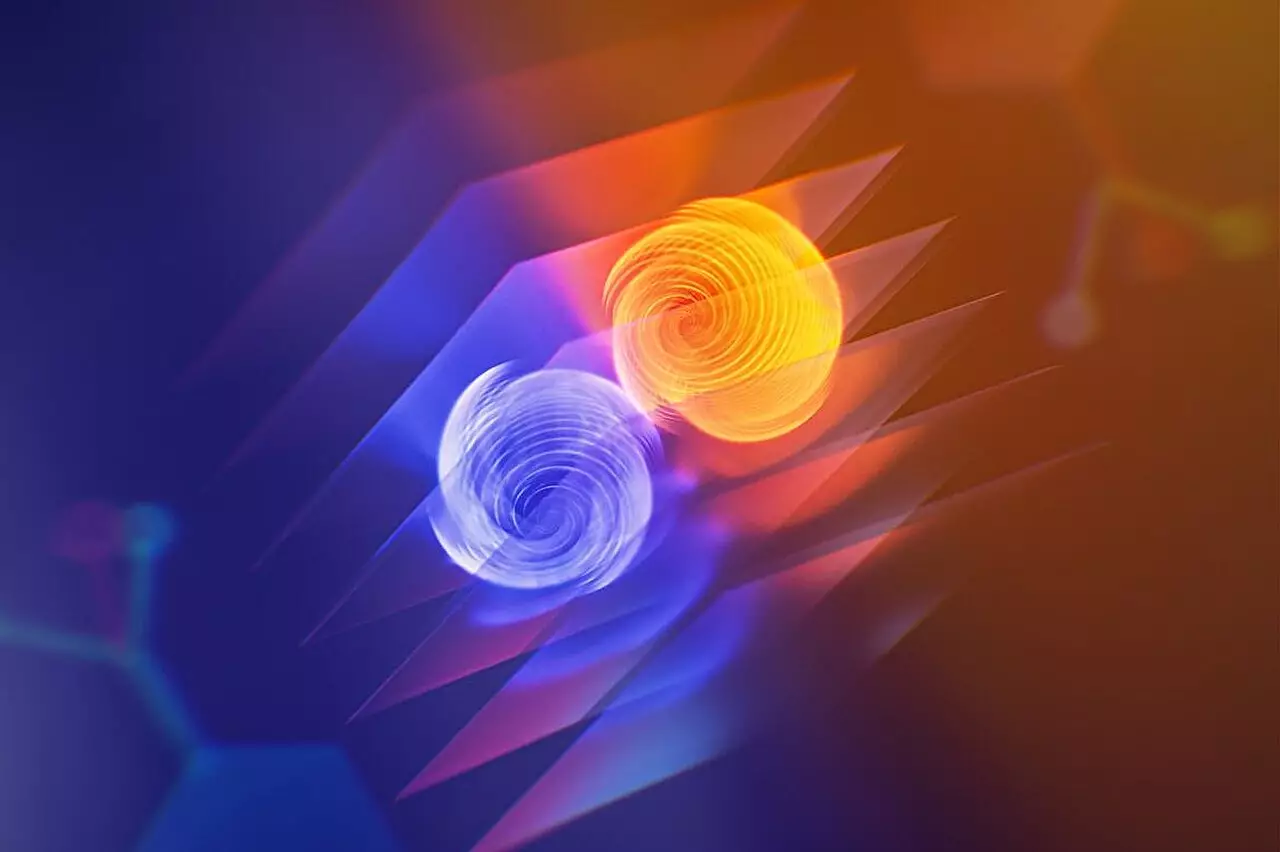In recent years, the field of superconductivity has witnessed considerable enthusiasm, particularly given its implications for the burgeoning realm of quantum computing. Yet, the challenges persist as researchers delve into the intricacies of materials that can transport electrons without resistance at unusually low temperatures. A groundbreaking initiative from the California NanoSystems Institute at UCLA has sparked intrigue within the scientific community, leading to the crafting of an innovative material derived from a conventional superconductor. This remarkable advancement demonstrates superconducting capabilities under extraordinarily high magnetic fields, thus transcending the limitations historically associated with traditional superconductors.
Defying Conventional Limits
At the heart of this research is the team’s ability to engineer a material that retains its superconducting properties even in magnetic fields that would typically disrupt conventional superconductors. This breakthrough represents a significant milestone, as conventional materials tend to fail when exposed to magnetic forces beyond a specific threshold. The UCLA researchers meticulously tested their creation, discovering that it exhibits a phenomenon known as the superconducting diode effect. This effect allows for electron flow to vary depending on the direction of the electric current—an unprecedented characteristic in the field of superconductivity.
Interestingly, traditional superconductors lose their zero-resistance properties when currents are applied equally from both directions, thereby highlighting the uniqueness of the UCLA discovery. The team’s findings, published in the prestigious journal Nature, suggest that this novel hybrid material not only challenges existing theoretical frameworks but also opens doors for advancements in quantum technologies.
Quantum Computing: The New Frontier
Quantum computing exists at the intersection of quantum physics and information theory, allowing computers to process information in a fundamentally different manner than classical computing. Bits in classical systems can only represent a value of either 0 or 1, whereas quantum bits, or qubits, possess the remarkable capacity to embody multiple states simultaneously. This capability is reflective of the superposition principle inherent in quantum mechanics, enabling extraordinary computational power.
However, exploiting the potential of qubits is fraught with complications, predominantly their vulnerability to environmental disturbances. The UCLA research holds promise for stabilizing qubits through the advantages conferred by chiral superconductors—a exotic branch of superconductivity that has been notoriously elusive. Chiral superconductors could fundamentally alter how qubits maintain their coherence, thereby enhancing the accuracy and reliability of quantum computations.
Understanding Chiral Superconductivity
The mechanics underlying chiral superconductivity involve complex rules governing electron interactions. In conventional superconductors, paired electrons—termed Cooper pairs—move in symbiotic harmony in opposite directions. Conversely, chiral superconductors facilitate a unique state where entangled electrons may spin in the same direction, permitting new avenues for manipulating current flow and data processing. This distinction paves the way for devices that could see electrons preferentially traveling in one direction over another, thereby maximizing efficiency and minimizing energy expenditure.
The research team at UCLA meticulously engineered a material by combining thin layers of tantalum disulfide, a conventional superconductor, with chiral molecular layers. This hybrid approach offers a feasible pathway for simulating the properties of chiral superconductors while utilizing more accessible materials—an important stride in making chiral superconductivity practical and scalable.
Broad Implications for Technology
The potential applications of this hybrid superconducting material and its superconducting diode effect extend far beyond quantum computing. Enhanced performance at lower energy costs could revolutionize traditional electronics and communication technologies, yielding faster, more efficient devices. In specialized contexts—like deep space exploration—where extreme operating conditions prevail, these innovations could become invaluable.
Envisioning the full spectrum of what quantum computing might achieve, we can anticipate groundbreaking advancements in cybersecurity, artificial intelligence, and complex simulations that could inform our understanding of everything from drug interactions to urban traffic flows. While we are still grappling with the myriad challenges engulfing the field of quantum computing, these pioneering developments not only demonstrate the potential to overcome existing barriers but also herald a new era of technological innovation.
In a world where the advancements of quantum technology could sculpt our future, UCLA’s exploration into hybrid superconductors serves as a beacon of hope. The path to a more efficient, stable, and powerful computational paradigm is becoming clearer, and each step forward begins to unravel the mysteries of our universe with unprecedented precision and accuracy. As researchers continue to refine these innovative materials, the dream of harnessing the full power of quantum computing inches closer to reality.


Leave a Reply